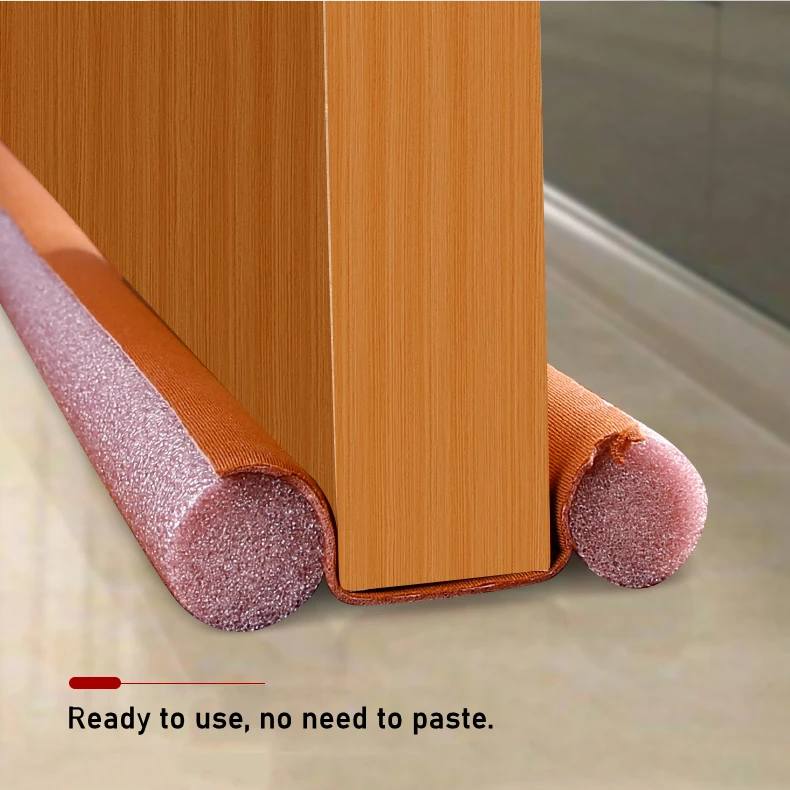Effective Solutions for Car Weather Stripping Maintenance and Replacement Tips
Understanding Car Weather Stripping An Essential Component for Comfort and Protection
When it comes to our vehicles, we often pay attention to performance, aesthetics, and maintenance. However, one crucial aspect that often goes unnoticed is the weather stripping. This seemingly minor component plays a significant role in ensuring comfort, safety, and longevity of our vehicles.
What is Weather Stripping?
Weather stripping consists of strips of material designed to seal the gaps between vehicle components, primarily around doors, windows, and trunks. Typically made from rubber, foam, or vinyl, weather stripping serves to prevent elements such as rain, wind, and dust from entering the car. Additionally, it helps regulate interior temperatures and reduces noise from outside, creating a more pleasant driving experience.
The Importance of Weather Stripping
1. Temperature Control One of the primary functions of weather stripping is to maintain a comfortable temperature inside the vehicle. By sealing gaps, it prevents heated or cooled air from escaping, which in turn enhances the effectiveness of the heating and cooling systems. This is particularly vital in extreme weather conditions, where the difference in external and internal temperatures can be significant.
2. Noise Reduction Vehicles are designed to be driven in various environments, some of which can be quite noisy. Weather stripping provides an additional barrier against wind noise, road noise, and other unwanted sounds. A well-sealed car ensures a quieter cabin, making the driving experience more enjoyable, especially on long journeys.
3. Water Protection One of the more apparent functions of weather stripping is to keep water out of the vehicle. Leaks caused by worn or damaged weather stripping can lead to water accumulating inside the car, potentially damaging the interior, electronics, and upholstery. This not only affects comfort but can also lead to rust and mold, creating long-term issues.
car weather stripping

4. Dust and Debris Prevention Weather stripping also acts as a barrier against dust and debris. It helps keep the interior clean by preventing outside particles from entering the cabin. This is especially important for individuals with allergies or respiratory issues, as it contributes to better air quality inside the vehicle.
5. Enhanced Security A properly functioning weather stripping system can also contribute to the overall security of the vehicle. By ensuring a tight seal, it prevents unauthorized access while also deterring vandalism and theft. Many modern vehicles are designed with features that rely on effective weather seals to enhance their security systems.
Signs of Worn Weather Stripping
Like any other vehicle component, weather stripping can wear out over time. Owners should be vigilant for signs indicating that it needs to be replaced, including
- Visible Cracks or Tears Inspecting the rubber or foam around doors and windows for cracks, tears, or signs of deterioration. - Water Leaks If water is pooling inside the vehicle after rain or when washing, it is a clear indication that weather stripping needs inspection or replacement. - Increased Noise A noticeable increase in wind or road noise can signal that the seals are no longer effective. - Drafts Feeling drafts while driving can indicate gaps that aren’t being sealed properly.
Maintenance and Replacement
Maintaining weather stripping is relatively straightforward. Regular cleaning with mild soap and water can extend its life, while applying a silicone spray can keep the material supple. If replacement is necessary, it is advisable to choose OEM (Original Equipment Manufacturer) parts to ensure compatibility and effectiveness.
In conclusion, car weather stripping is a vital yet often overlooked component that significantly impacts comfort, efficiency, and longevity. By understanding its importance and recognizing the signs of wear, vehicle owners can take proactive measures to maintain this essential aspect of their cars. Proper care and timely replacements will not only enhance the driving experience but also protect the investment that a vehicle represents.
-
Under Door Draught Stopper: Essential ProtectionNewsJul.31,2025
-
Garage Door Seal and Weatherstrips for ProtectionNewsJul.31,2025
-
Edge Banding Tape for Perfect EdgesNewsJul.31,2025
-
Table Corner Guards and Wall Corner ProtectorsNewsJul.31,2025
-
Stair Nose Edging Trim and Tile Stair SolutionsNewsJul.31,2025
-
Truck Bed Rubber Mats for Pickup BedsNewsJul.31,2025
-
Window Weather Stripping for Noise ReductionNewsJul.29,2025